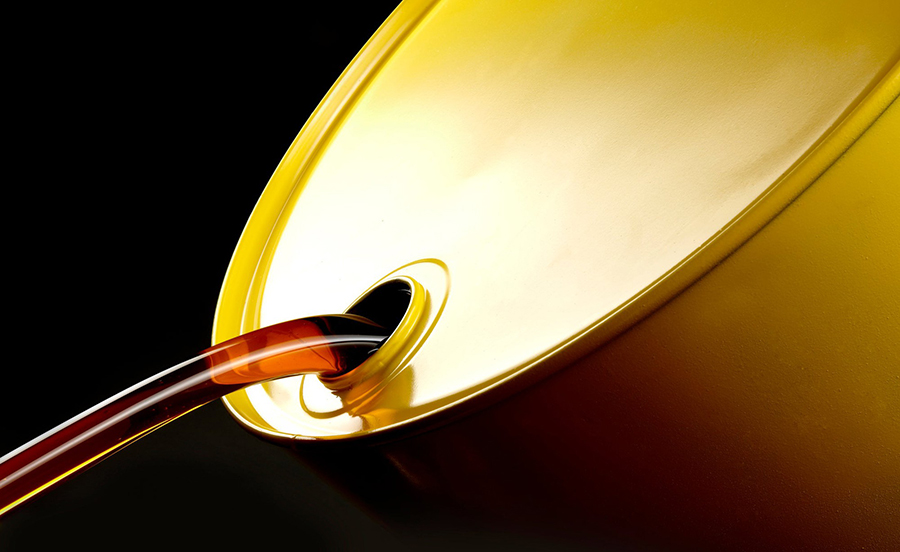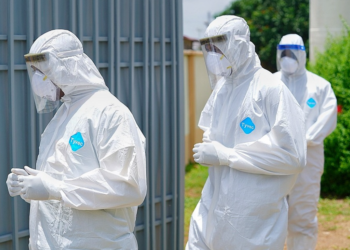Nigeria’s flagship bonny light lost some ground at the last trading session, as concerns about the rise in COVID-19 cases raised bearish sentiments that the world’s energy demand will falter as major oil-producing countries including Nigeria get ready to increase in output for next month.
On Saturday, the world’s biggest economy’s COVID-19 related deaths exceeded 140,000 as caseloads continued to rise across America’s economic hubs while data from Nigeria Centre for Disease Control (NCDC) showed Nigeria recorded 653 new cases of COVID-19 on Saturday. According to the health agency, six deaths were also recorded on Saturday, bringing the fatality from the virus to 778.
Despite the resurgence of the COVID-19 virus energy demand has broadly recovered globally after the global restriction on movements and businesses closed to tame man’s most deadly pandemic.
Explore Nairalytics, the Nairametrics research website
However, global consumption for energy remains below pre-pandemic levels, with the rampaging virus resurgence making many crude oil traders, to shut down their long positions.
Nigeria’s flagship crude, Bonny light closed at $43.17 after losing about 1.57% at the last oil trading session.
In the coming weeks, Nigeria’s bonny light is expected to test the $42.50 level once again. There is also a high chance that Nigeria’s flagship crude might even pullback even lower, to around the $40.50 level in the mid-term.
What it means: This could also mean that Nigeria’s Bonny light could once again remain in a sideways range between the $40.50 and $45 if no clear macros are in sight leaving traders little choice other than to place their stop losses above the $38.50 level.
READ MORE: Netflix adds 10.1 million paid users in Q2 2020, yet stock plunges more than 9%
Stephen Innes, Chief Global Market Strategist at AxiCorp in a note to Nairametrics, gave vital macros, surrounding the world’s largest consumer of oil. He said;
“As widely anticipated and fully prognosticated by most oil traders, after the sharp relief rally in May, oil prices have stabilized and remained range-bound since June.
“The resurgence of Covid-19 in the US and pockets worldwide is causing slower rebalancing in specific oil product segments, notably diesel and aviation fuel, so the second stage of the oil market rebalancing or cyclical recovery will take time.
“But that achieving OPEC Brent forecast of $45-50/bbl or even higher is well within grasp provided the market gets a little help from a flattening of the US and global epi curves that will allow a quicker recovery in worldwide travel.”



















